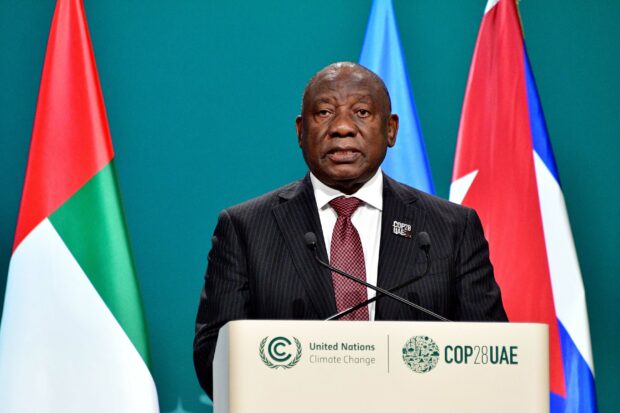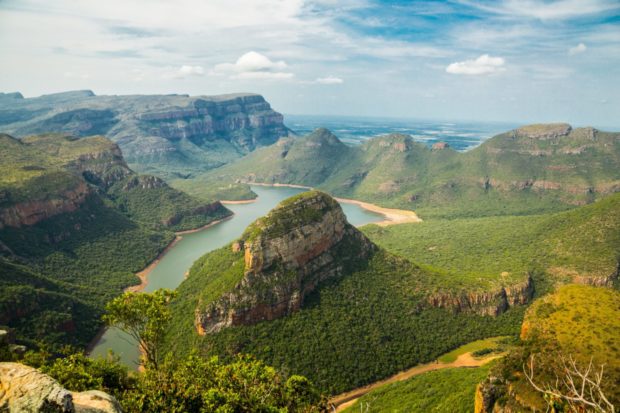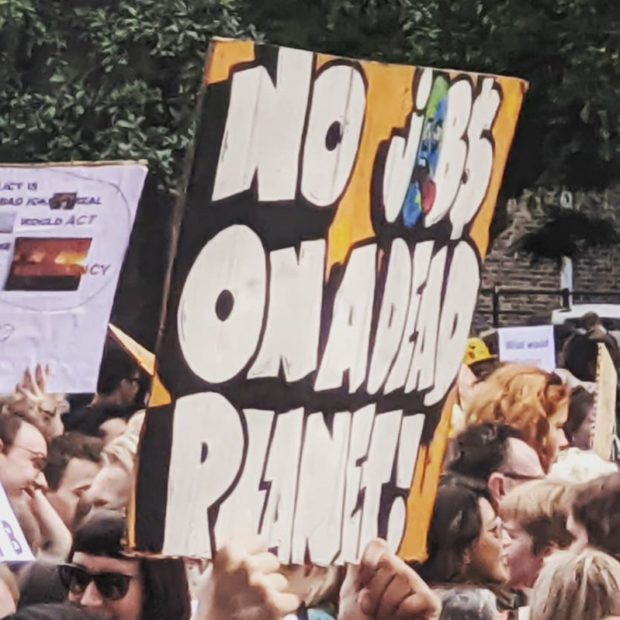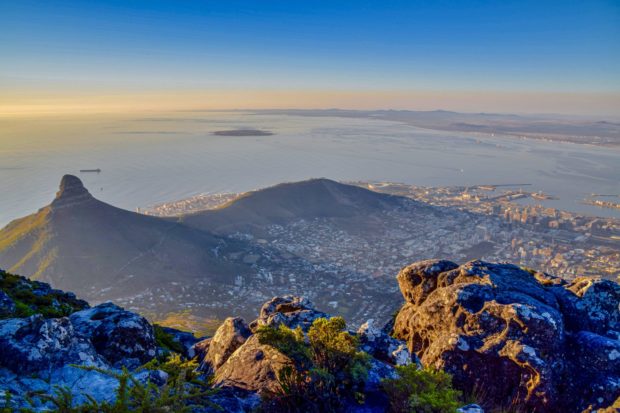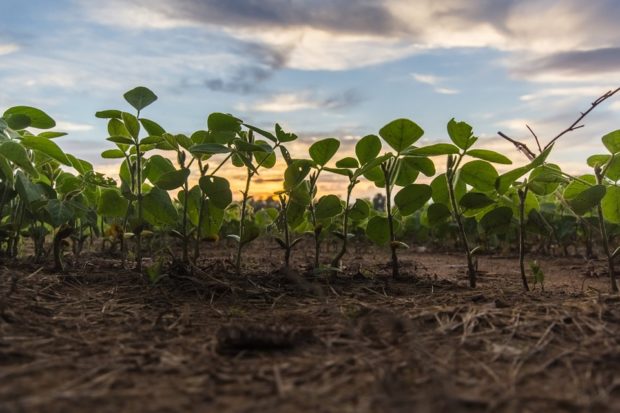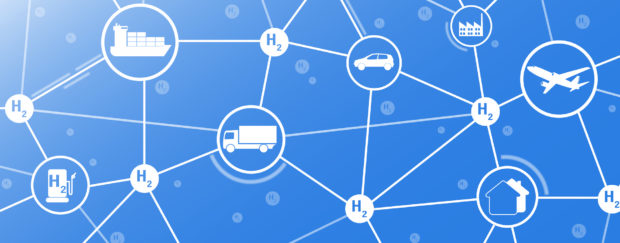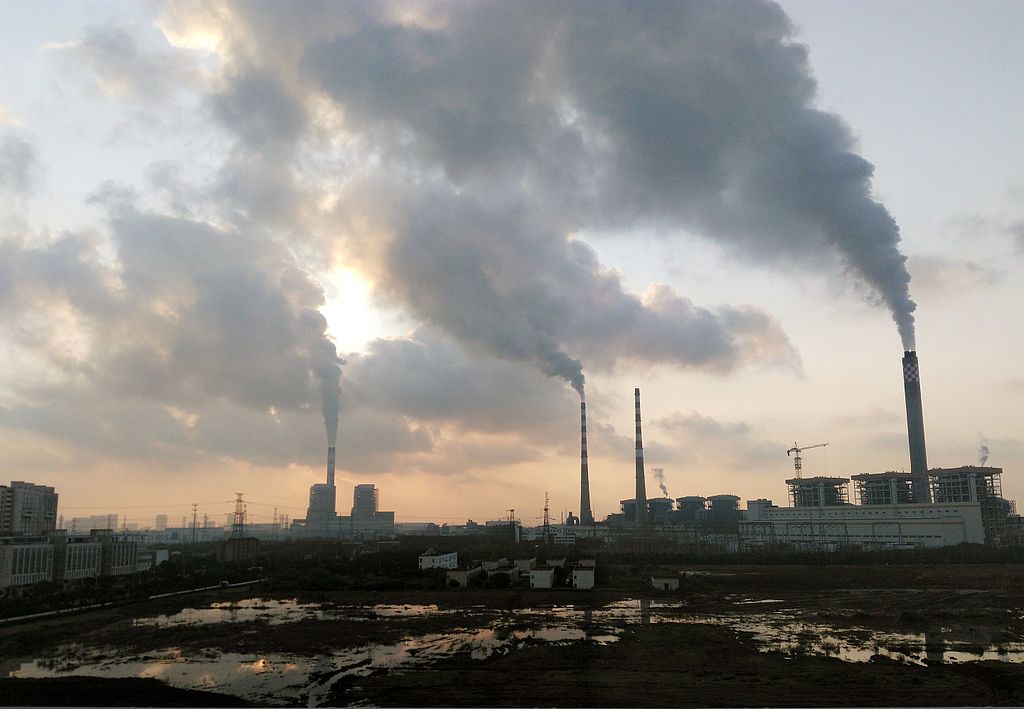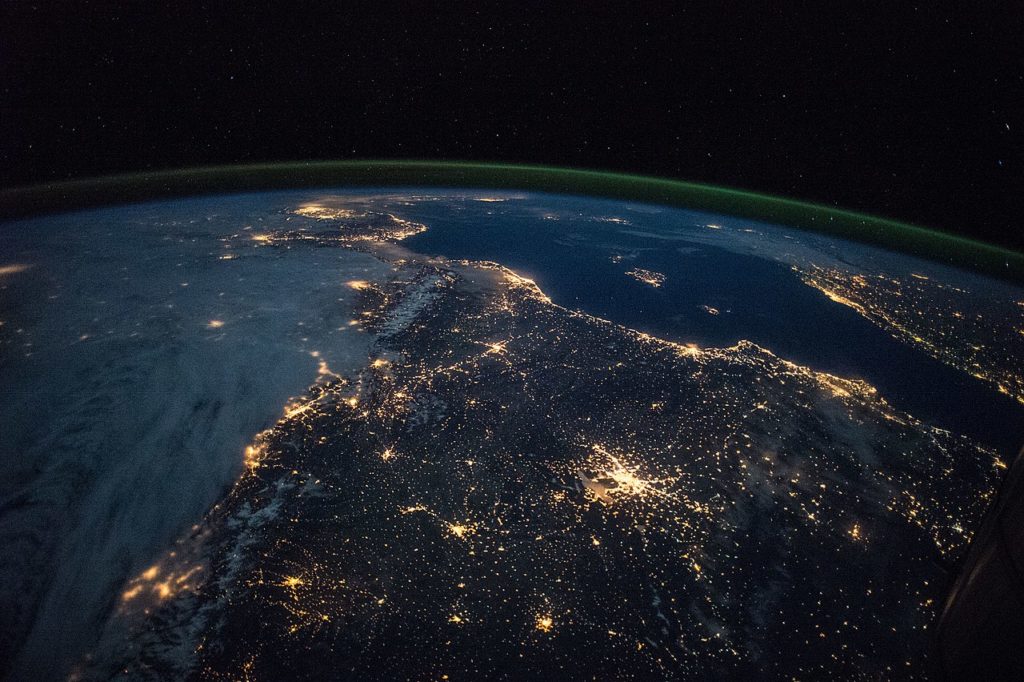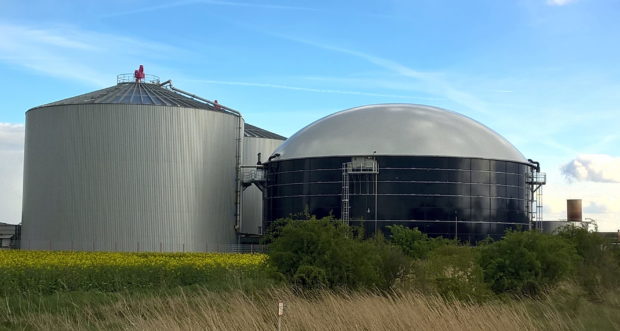All posts: Science
The ongoing effects of climate change may cause rhinos to go extinct unless adaptation measures are implemented, according to new research.
Experts say climate change is the biggest threat to health in the 21st century. In South Africa, many lives are already being lost to extreme weather.
World-renowned climatologist, Francois Engelbrecht, continues to call for urgent measures to mitigate global warming impacts on southern Africa.
Amid the spiralling impacts of climate change, South Africa has declared a national state of disaster as the country suffers more deadly floods.
South Africa is experiencing a number of environmental issues, including global warming, pollution and species loss.
Global warming is making extreme events, such as heatwaves, droughts, wildfires, floods and tropical storms, more frequent and severe.
“There are no jobs on a dead planet!” goes the old slogan. Environmental degradation is a serious risk to economic growth.
Climate change risks life as we know it, but bold and inclusive solutions can help build a safer and fairer world.
The main greenhouse gas is carbon dioxide (CO2), produced by burning fossil fuels. South Africa is the biggest emitter of greenhouse gases on the African continent.
Biosphere reserves are dedicated areas of ecological protection that promote solutions for sustainable development and human well-being.
Nitrous oxide (N2O) is a greenhouse gas (GHG), more commonly known as laughing gas. While N2O rarely makes headlines, it is a dangerous driver of climate change.
South Africa’s Low Emission Development Strategy 2050 is the country’s most recent emissions reductions plan.
Hydrogen is a fuel source that is a possible alternative to fossil fuels. It can be used in fuel cells and to create heat, and its only by-product is water, meaning it does not release any greenhouse gases when burned.
Hydrogen is gaining international attention as a potential green alternative to fossil fuels. This is because hydrogen can be “green” when produced using renewable sources.
Carbon dioxide is a chemical compound that presents as a gas in the Earth’s atmosphere. It consists of one carbon atom and two oxygen atoms.
Greenhouse gases are gases that trap heat in the atmosphere. This can be any gas that absorbs infrared radiation and contributes to the Earth’s warming or the greenhouse effect.
Since 2006, the amount of gas in the atmosphere has increased, according to NASA. The oil and gas industry has caused the majority of methane gas emissions since 2006, NASA says.
Biogas is a renewable energy source produced when anaerobic bacteria break down organic materials. It is different from natural gas as natural gas is a fossil fuel, while biogas is a renewable energy source.
In August 2021, South Africa’s National Business Initiative (NBI) published a government-backed report. It described the pathways that the country must take to decarbonise.



